A notetaker in the classroom: Equal education for deaf students
How does a notetaker help?
Having a notetaker in classrooms or lecture halls gives students with hearing loss the same access to an education as their hearing peers.
A notetaker allows deaf students to read what their teacher is saying on their laptop, smartphone or tablet. But can it really help a student keep up to speed with what’s going on in the classroom, both in terms of what is being taught and any interaction between the students?
The answer is a definite YES, depending on two things:
-
Using captioning or transcription
There are a range of different captioning options out there. In a nutshell, you get what you pay for. Some companies use what’s called respeaking – where someone listens to what is being said and ‘re-speaks’ the words into captioning software. The speed of voice recognition systems is often slower than the speed at which the teacher is talking, meaning that the deaf student is going to get left behind pretty quickly. Plus the sheer act of respeaking results in a time lag between the teacher speaking and the captions appearing of up to 8 seconds. And to top it off, the accuracy of respeaking leaves something to be desired. Try watching the national news with subtitles and you’ll see what we mean!
A second option is using a stenographer, which is the service 121 Captions offer. Captioning from a stenographer is verbatim at up to 300 words per minute and with only a one second time lag. That means students can read the lecture, word for word, at the same speed as their peers hear it, and answer questions and participate in discussions with the same ease.
Just watch this video to see what our stenographer captioning service looks like.
A third option is electronic notetaking, which 121 Captions provides both onsite and remotely. Our notetakers are the best in the country and are almost verbatim, with only a one second time lag. Students are able to keep up with their peers and follow the discussion, without having a text-heavy set of notes afterwards. The notetaker service is ideal for sign language users.
-
Collaboration between student and teacher
Having speedy and accurate captioning is not all that’s needed to bridge the gap between deaf students and their classmates.
We sometimes hear about lecturers who don’t like notetaking in their classroom as it disturbs their teaching. Our remote captioning services solves this problem, as it takes place online and remotely. However, for our remote captioning to work properly we still need the teacher’s help, as they often need to wear an unobtrusive microphone that relays the lesson audio to our captioners. That’s where the SENCOs (Special Education Needs Coordinators) in schools, or disability services at colleges and universities can be a real help, as they can explain to the teacher why their support is so important.
 Plus, the quid pro quo of captioning for the lecturer is that when the student receives the real-time transcription of the lesson as soon as captioning ends, the teacher can also use it as a lesson-review tool.
Plus, the quid pro quo of captioning for the lecturer is that when the student receives the real-time transcription of the lesson as soon as captioning ends, the teacher can also use it as a lesson-review tool.
If you’d like to find out more about how our notetaker and stenographer captioning services can help in education, contact us


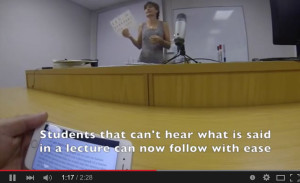
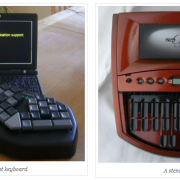

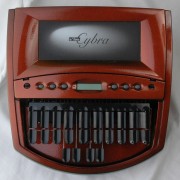
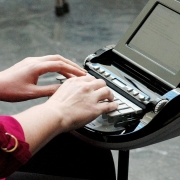

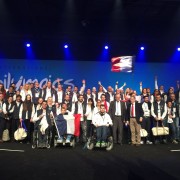




Leave a Reply
Want to join the discussion?Feel free to contribute!